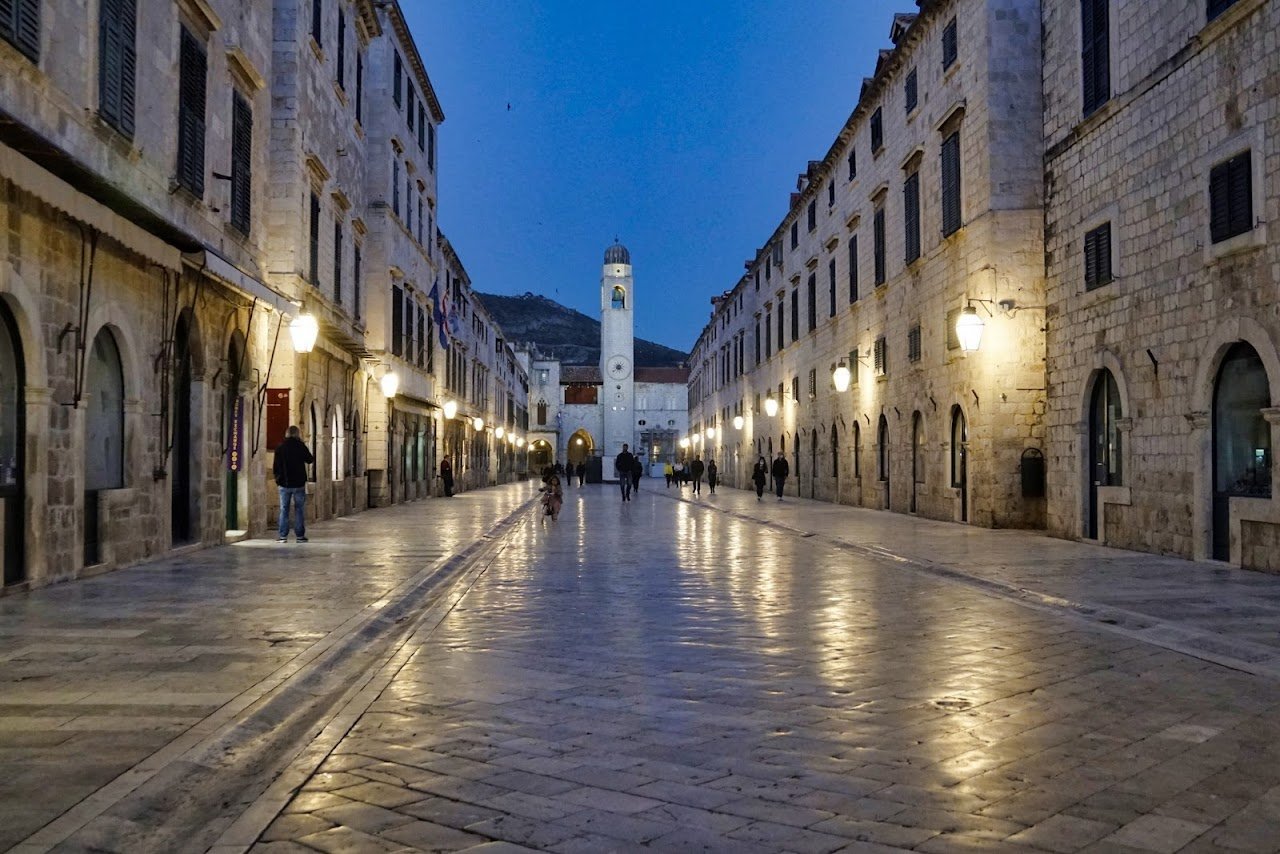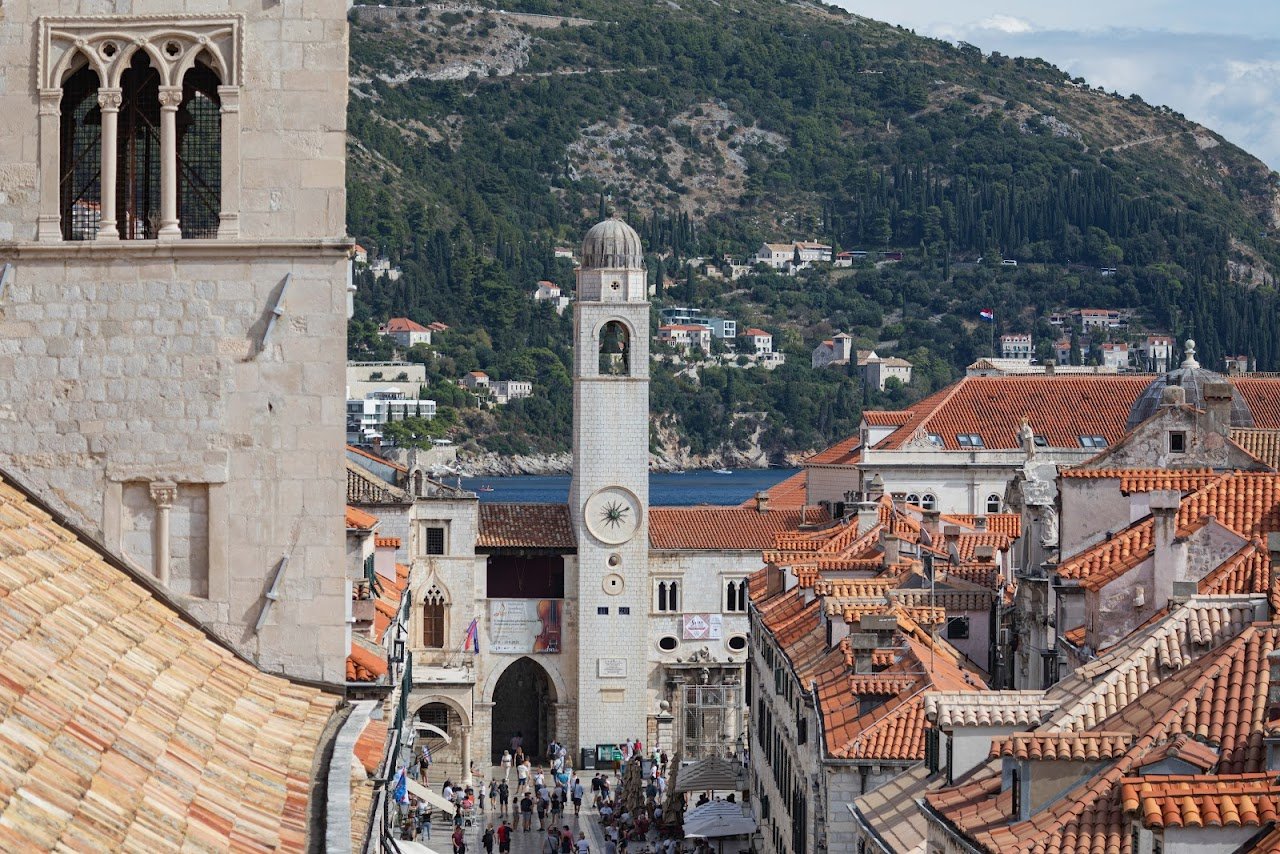Clocktower



About Clocktower
Get the inside scoop on Clocktower from local experts, travel creators, and tastemakers. Browse genuine trip notes, Clocktower reviews, photos, travel guides, and itineraries from real travelers and plan your trip with confidence.
What people say
Pedro Pereira
Available for hire
"The City Bell Tower of Dubrovnik, a prominent landmark, was originally constructed in 1444 by local masters Grubačević, Utišenović, and Radončić. Positioned at the eastern end of Placa (Stradun), it was meticulously aligned with the center of this bustling thoroughfare. The original design featured two wooden figures striking the bell, but these were eventually replaced by bronze statues known as the "zelenci," or "the Green Ones," which have since become iconic representations of the tower.
In 1509, the community of Dubrovnik commissioned the renowned founder Ivan Rabljanin to create a new bell due to dissatisfaction with the sound of the previous one. This new bell, still in use today, reflects the craftsmanship and musical tradition of the time, contributing to the city's distinctive auditory landscape. The bell tower served not only as a timekeeper but also as a symbol of civic pride and communal identity.
The earthquake of 1667, which devastated much of Dubrovnik, had a significant impact on the Bell Tower, causing it to lean dangerously, reminiscent of the famous Leaning Tower of Pisa. For many years, the leaning tower remained a striking feature of the city, but by 1929, concerns over its safety led to its demolition. The local government decided to replace it with a new bell tower, constructed according to the original design, ensuring that this historic landmark would continue to grace the skyline of Dubrovnik.
The reconstruction of the Bell Tower not only preserved its historical significance but also reinforced its role as a central point for public life in Dubrovnik. "
Read more in:
Mentioned in these guides
Save this spot for later or start mapping out a new trip today
